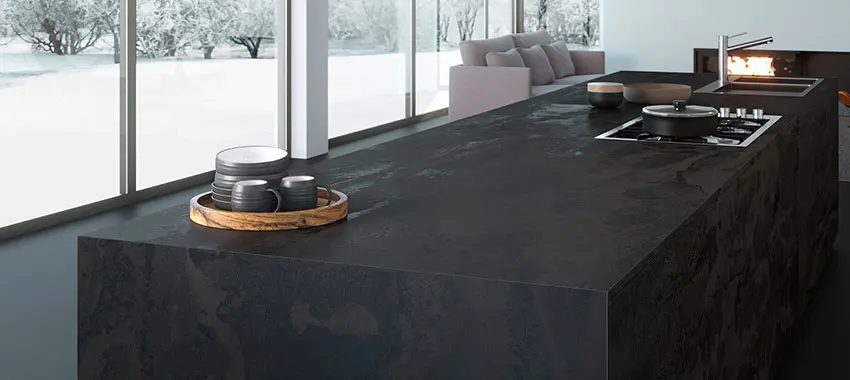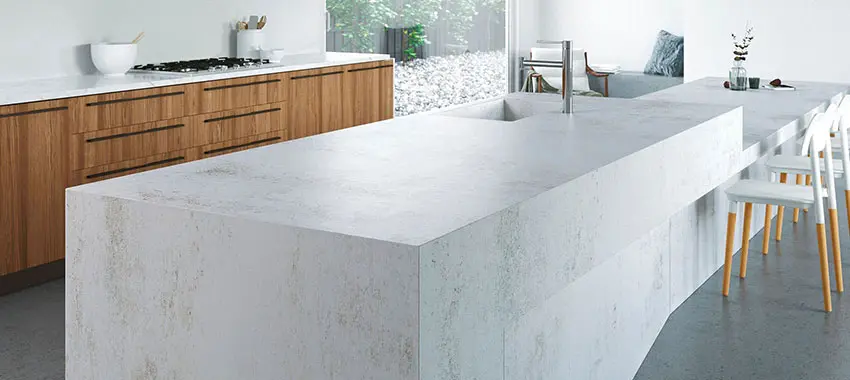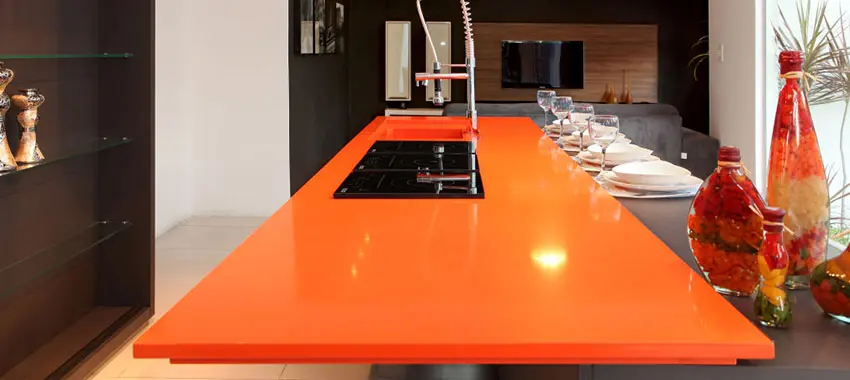Dec
Can You Paint Granite Countertops?
If your countertops are old or you don’t like their current look, instead of removing them, one of the ways to improve their look is to paint them. So to answer your question, can you paint granite countertops? Yes, you can do it.
To get the most from painting your countertops, you need to do several things that include:
Properly prepare the surface
There is no way the paint will properly adhere to the surface if you don’t properly prepare it. For the paint to adhere properly, you need to rough up the surface by sanding it. The surface also needs to be clean, so after sanding the area, you should clean it so no dust or dirt particles might make their way into the paint, primer, or sealer during the project.
Apply the right primer
For the paint to adhere well without chipping or rubbing off, you should apply the right primer. If this is the first time doing it, take your time to find the right primer for your surfaces. You can apply the primer by yourself, but let it be done by an experienced professional who knows what they are doing for the best outcome.
Choose the right color scheme and paint.
There is no way your countertops will look good if you choose the wrong color scheme or use the wrong paint, so you should be cautious when making your choice.
As a rule of thumb, choose a paint color that goes along with the rest of the house. For example, if you are going for the marble look or any other color palette, choose multiple colors to complete the design.
If you have a small room, go for lighter colors to give the impression of space. And if you are one of the lucky people and have a large room, there is no harm in going for darker colors that will absorb light and make the room look and feel smaller and cozy.
If you aren’t sure about the right color or color combinations to go with, get the input of a professional.
When it comes to the type of paint, you should go for epoxy, latex, or acrylic that is known to be durable.
The best paint type to choose is acrylic latex paint that holds up well against heat and water, so you are sure that it will last for a long time when you apply it.
Don’t rush
When many homeowners decide to paint their countertops, they rush to find granite colors, and paints. While this is good as it gets you into doing rather than pondering, it often results in more mistakes.
To avoid mistakes, take your time and fully understand what you need before beginning your project. It’s always wise to consult a professional so that you understand your project better and find out whether you can handle it by yourself or you have to hire an expert.
For the best outcome, be patient throughout the countertop painting process. Carefully sand the surfaces, patiently prime them, paint them with precision, and you will have the surfaces of your dreams.
Seal the surfaces
After painting the surfaces and giving them enough time to dry, the next thing you should do is seal them. The purpose of sealing the countertops is to lock in the paint and protect the beautiful work underneath.
Like the paint and other materials, you used before, ensure that you use a high-quality primer that will last for a long time and give your surfaces the top-notch protection they deserve.
While there are many sealers you can apply, the best to go for is the masonry sealer that works the best on granite and other natural stones.
You can apply the sealer yourself or ask a granite contractor Rockville to help out. When making the application, you can use a roller or paintbrush.
Once you are done with sealing, give the countertops at least 24 hours to completely dry before placing items on them.




